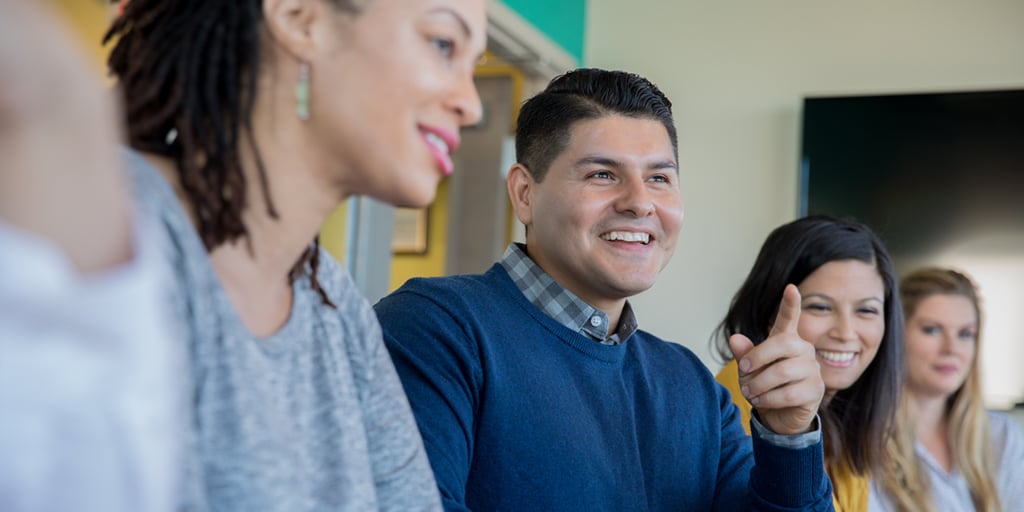
We often hear educational experts harp on teachers that times have changed, tools of changed, and students have changed. The conclusion drawn is that teachers and classrooms also need to change. While I agree with the sentiment in some ways, I find it ironic that many of those people who are preaching this from the mountain tops also never really model that behavior.
The sit-and-get full-day workshop is the traditional professional learning model that, in many ways, is much like the traditional classroom. We know that adults don't necessarily learn best in this format, but it’s what we see most of the time.
Here's how it usually works: When a teacher spends a full day at a workshop, it's usually jam-packed with information and resources. The teacher then goes home and probably has to manage family logistics during the evening. He or she then returns back to a classroom full of students the next day.
Taking Time to Process
Just as we cannot expect students to be taught information and move on without processing that information, teachers are the same way. There was no time to think, process, plan, or implement any of the new learning. Too often, the information is set to the side and never makes it to the point of helping students in the classroom.
There are three major issues with this, all of which have a solution:
- Professional learning has to be more timely—teachers can’t wait to learn something they need to learn.
- Professional learning should include opportunities for the teacher to practice and use the strategies, just like we have students do in the classroom.
- Professional learning should be relevant to the learner. If the teacher believes something doesn’t apply to them, then the leader of the professional learning should work to make it relevant to the audience.
One of the instructional models that we use in our district is the explicit instruction model. There are many good ways to teach, and this is just one of them. But let’s use this to compare our classrooms with the classroom of professional learning. When we think about this model—one that Anita Archer discusses in her book Explicit Instruction—we see a series of learning opportunities in the classroom for students. It looks like this: I do, we do, you do. When I have heard Dr. Archer speak, she has emphasized the “we do” portion of the model. For her, it is much more like “I do, we do, we do, we do, we do, you do, you do.” I truly believe that this instructional model is effective. I don't believe that we give students enough practice opportunities with content in most classrooms.
Compare the model with what professional learning usually looks like. Think of the last professional learning you attended. Did you have time to practice the strategies? Did you have support from the instructor while you did your practicing? Or did you just have one opportunity to learn the material? The vast majority of the time, the presentation is the “I do” portion of the model and that is it—you're instantly expected to move into your classroom the next day and implement the learning.
Supporting Teachers for Success
The reality is that teachers need a different model if we expect them to impact the classroom with their new learning. Teachers need more on-demand and on-time learning opportunities, just like our students do. Teachers need differentiated instruction, the ability to process and work with materials, and time to implement strategies in their classroom. Teachers also need ongoing support.
There are reasons the traditional professional learning model is in place. For one, it’s efficient. In one day, teachers can gain a lot of useful information from an expert in the field. Another truth is that much of the professional learning offered is relevant to teachers, otherwise they wouldn’t sell out these sessions. But just like in our classrooms, being efficient and showing that something is working for most students really isn’t enough anymore. This is especially true because we now know more about how people learn. If we have better models of instruction, we should be using them.
Want to learn better ways to approach professional learning? Stay tuned to read part two of this series, where we’ll dive into solutions. While you wait for part two, be sure to check out Boxlight's training and professional development opportunities.>>



